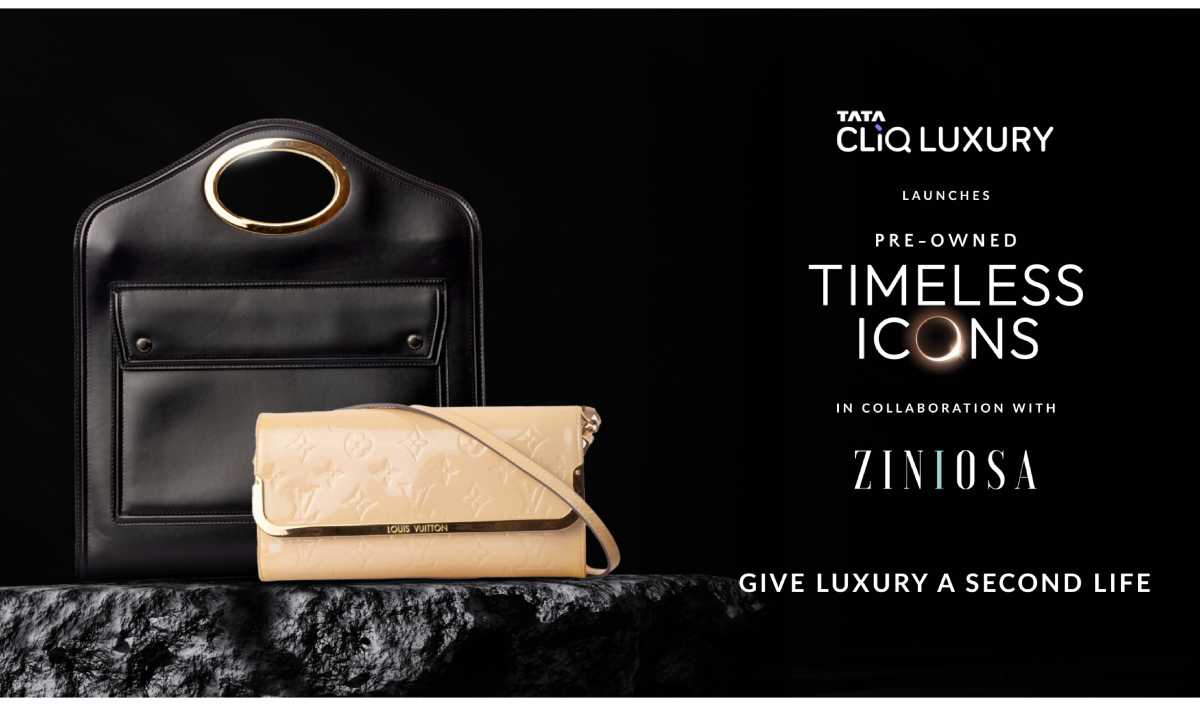
With the sudden demise of designer Kate spade, ended an era that was a fresh take on luxury goods. The designer who co-founded the eponymous handbag brand in 1993, was found dead yesterday at her home in New York. While the reasons behind her death are not known yet, netizens are paying tributes to the designer who carved a niche for herself with her signature bright but practical bags. “We at Kate Spade New York just learned of the incredibly sad news that Kate Spade has passed away. Although Kate has not been affiliated with the brand for more than a decade, she and her husband and creative partner, Andy, were the founders of our beloved brand. Kate will be dearly missed. Our thoughts are with Andy and the entire Spade family at this time,” read the official statement from Tapestry, Inc. a leading New York-based house of modern luxury accessories and lifestyle brands including Coach, Kate Spade and Stuart Weitzman.
The journey from Kate Spade to eponymous brand A journalist turned fashion dynamo, Kate Spade debuted a line of sleek handbags in the early 1990s that in-its-own-way disrupted the world fashion scene. A fresh take on luxury goods market, Kate Spade luxury handbag were known to be less serious and more a reflection of one’s own persona. The designer with the help of Andy Spade (whom she later married) introduced an initial lineup of six purses. In 1996, the Spades came up with a store in SoHo, and by 1998, the company was generating $28 million a year in revenue. The next couple of years were packed with the kind of commercial success and critical acclaim that fashion designers dream of. Amidst former fashion editor colleagues writing about Kate’s designs and toting them around city, the sales for the brand jumped from a million dollar to $1.5m. By 1998, the brand reached a value of $27m.
Bagging the revenue through licensing In 1999, the Spades sold a majority share (56 per cent) to a high end departmental store - Neiman Marcus, for nearly $34 million. And in next few year, the handbag label was all over the places right from clothing to activewear, eyewear to home décor and The brand forayed into various retail categories by entering licensing partnerships with Lenox’s home goods, selling luxury diaper bags and strollers, dressing flight attendants and immortalizing its preppy Upper East Side aesthetic in $70 coffee table books. In no time, originally popular for its handbags, the Kate Spade New York label grew into an extensive lifestyle brand that had everything from furniture to watches, and baby gifts to sneakers. In 2007 the Spades sold off their entire stake to Neiman Marcus, who then promptly sold the full Kate Spade package for $124 million to Liz Claiborne, a clothier that had acquired Juicy Couture and Lucky Brand Jeans. When the Spades left the brand, it was generating more than $80 million a year in revenue. The brand was later acquired by Coach for $2.4 billion and has over 315 shops globally.
Copyright © 2009 - 2024 License India.















